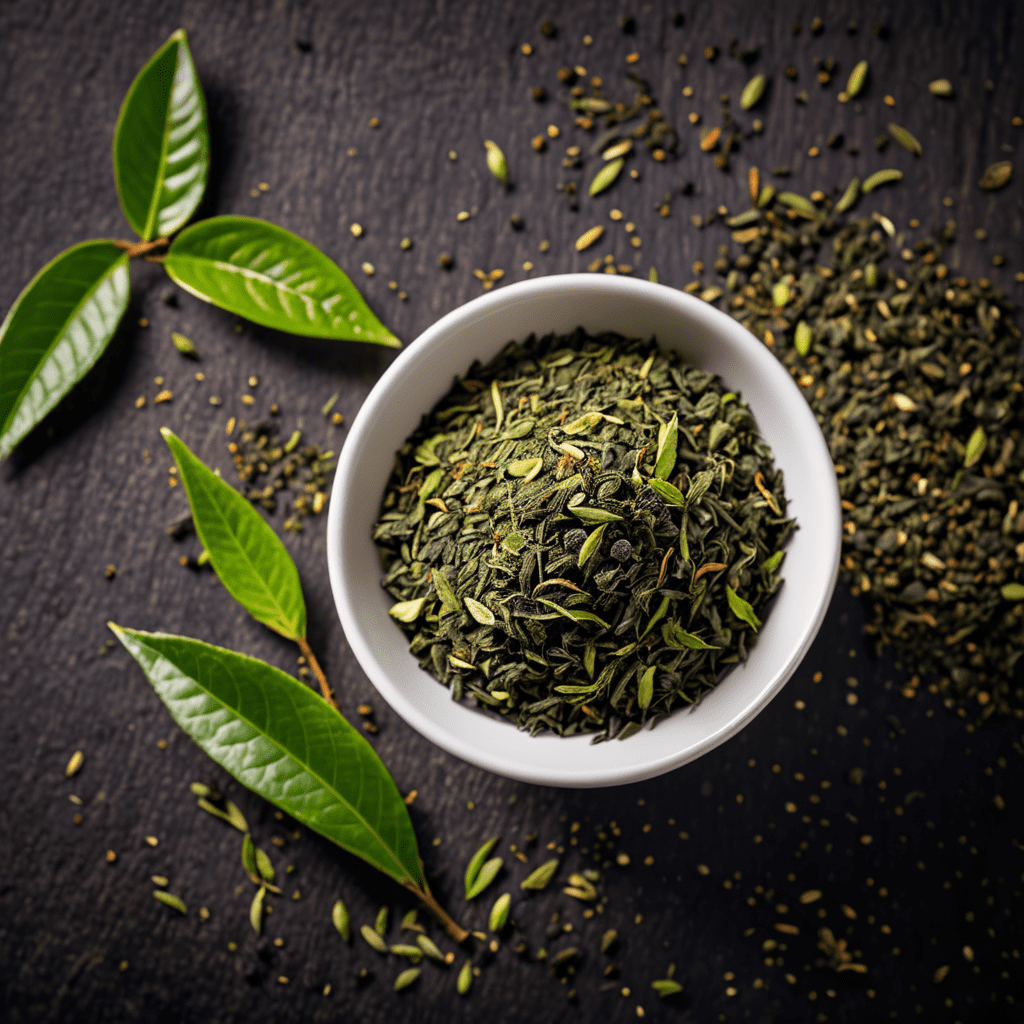Oolong Tea: The Art of Tea Making
Oolong tea, often referred to as the “champagne of teas,” is a traditional Chinese tea that undergoes a unique process of withering, oxidation, and drying. This exquisite tea’s production involves precision and skill to achieve its distinctive flavor profile. Let’s delve into the art of making oolong tea.
1. The Origins of Oolong Tea
Oolong tea originated in the Fujian province of China and is also produced in Taiwan. The tea leaves are harvested from specific tea cultivars to create the desired flavor profiles. The regions where oolong tea is grown play a crucial role in the unique characteristics of the final product.
2. Withering Process
The first step in making oolong tea involves withering the freshly harvested tea leaves. This process helps reduce the moisture content of the leaves and prepares them for oxidation. Traditionally, the leaves are spread out in thin layers and exposed to sunlight or air to wither.
3. Oxidation and Bruising
After withering, the tea leaves are gently tossed and bruised to start the oxidation process. Oxidation is a crucial step that determines the flavor profile of oolong tea. The level of oxidation can vary, resulting in light, floral oolongs or dark, robust varieties.
4. Fixation
To halt the oxidation process at the desired level, the tea leaves are subjected to high heat to “fix” their flavors. This step helps preserve the unique characteristics of oolong tea and ensures a well-balanced taste profile.
5. Rolling and Shaping
Rolling and shaping the tea leaves is another important step in oolong tea production. This process helps release the essential oils from the leaves, enhancing the aroma and flavor of the final brew. Different shaping techniques are employed to create various oolong tea styles.
6. Drying and Roasting
Once the tea leaves are rolled and shaped, they are carefully dried and roasted to enhance their flavors further. This final step adds depth and complexity to oolong tea, resulting in a rich and aromatic cup of tea that is cherished by tea enthusiasts around the world.
7. Brewing and Enjoying Oolong Tea
To fully appreciate the art of tea making, brewing oolong tea requires attention to detail. Each variety of oolong tea may have different brewing instructions to bring out its unique flavors. Experiment with water temperature, steeping times, and teaware to enjoy a perfect cup of oolong tea.
FAQ About Oolong Tea: The Art of Tea Making
What is oolong tea?
Oolong tea is a traditional Chinese tea that falls between green and black tea in terms of oxidation. It offers a unique flavor profile that can vary from light and floral to rich and roasted, depending on the production process.
How is oolong tea made?
Oolong tea undergoes a unique process involving withering, oxidation, shaping, and firing. The leaves are first withered under the sun, then bruised to start oxidation. The oxidation process is halted at specific levels to achieve the desired flavor, then the leaves are shaped and fired to stop oxidation completely.
What are the benefits of oolong tea?
Oolong tea is known for its potential health benefits, which may include aiding in weight management, boosting metabolism, improving heart health, and providing antioxidants. Additionally, oolong tea is a source of caffeine for a gentle energy boost.
How should oolong tea be brewed?
To brew oolong tea, use water at around 190-200°F (88-93°C), steep the leaves for 2-3 minutes for light teas, or 4-5 minutes for darker oolongs. The brewing vessel should be preheated, and

